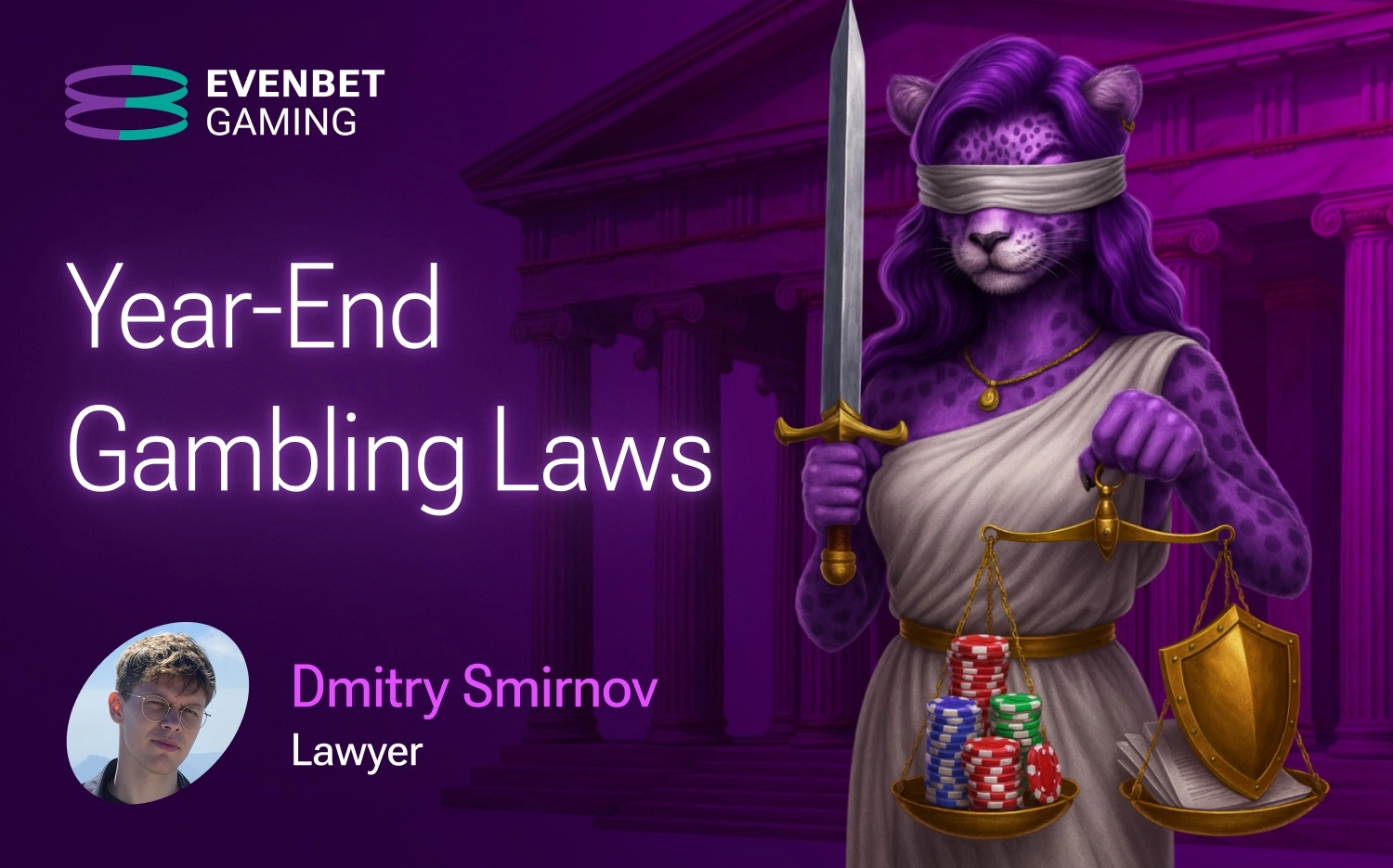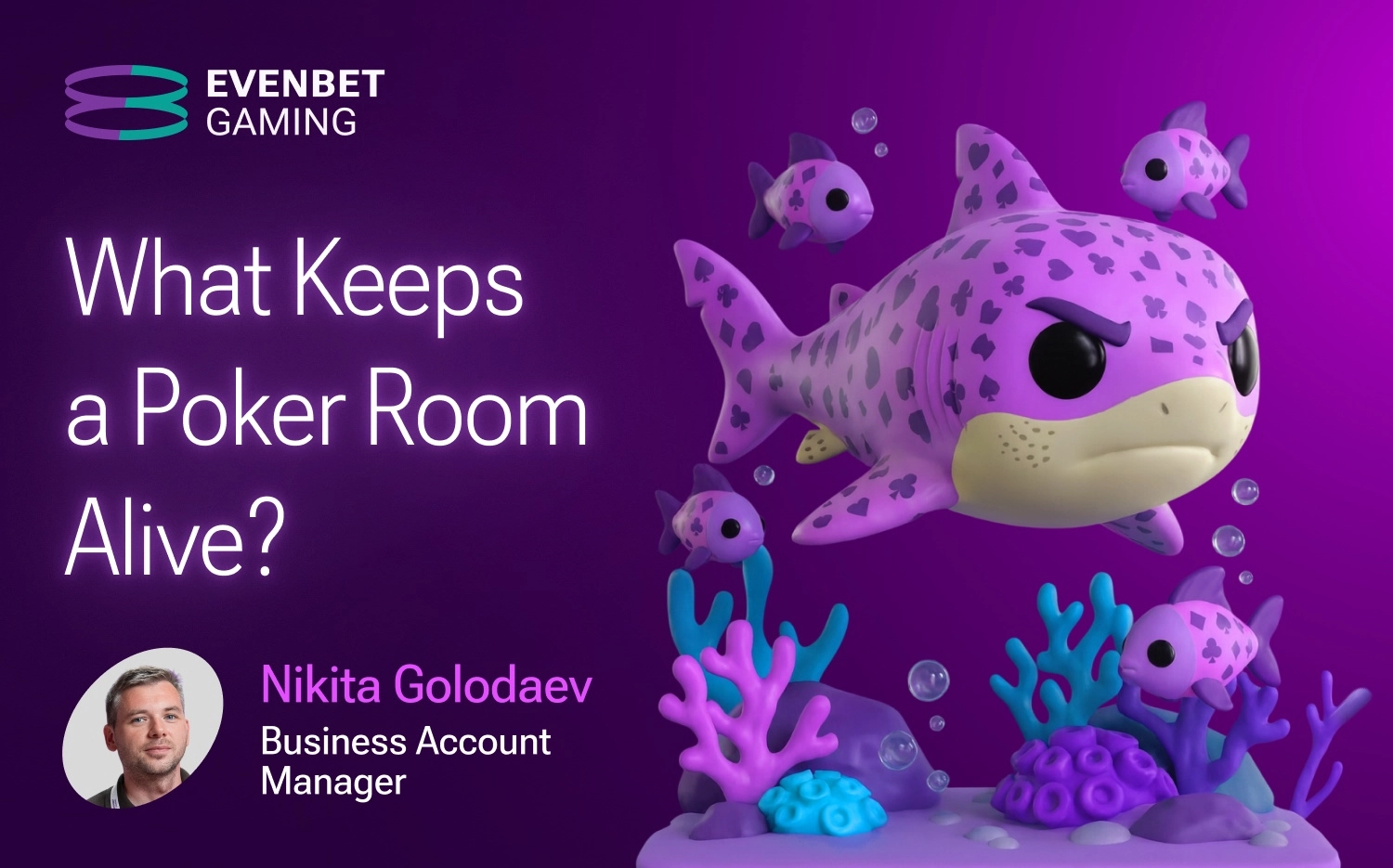In today’s digital economy, consumer expectations are no longer shaped within a single industry. Players bring with them the standards they experience in leading digital ecosystems such as Apple and Netflix, where personalization, seamless cross-platform journeys, and continuous engagement are the norm. These companies have redefined entertainment by delivering frictionless user experiences and content loops designed to maximize retention and loyalty.
Recent reports like McKinsey’s State of the Consumer 2025 show that many habits adopted during COVID-19 — reliance on digital connectivity, demand for convenience and speed — have become permanent. Consumers today expect brands to deliver value and ease, even as they trade down in some areas so they can splurge in others. For younger demographics, personal achievements and flexibility are increasingly more important than traditional milestones.
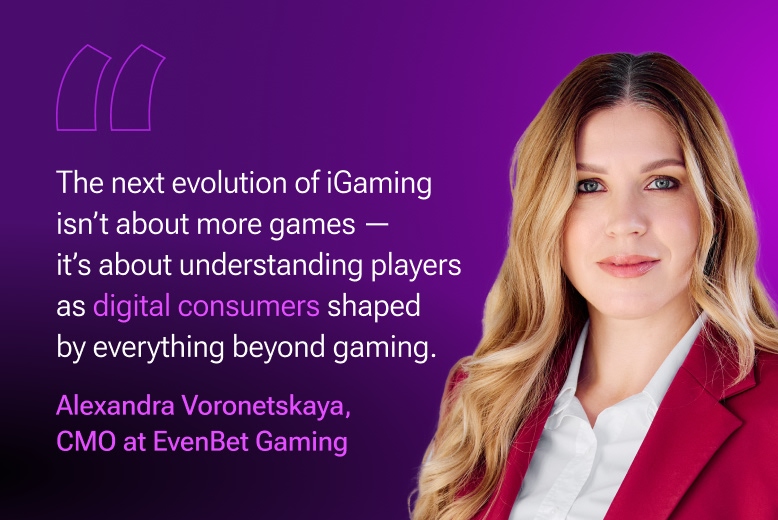
For iGaming operators, this shift in consumer behavior is amplified by growing competition and regulatory complexity. According to EvenBet Gaming’s 2025 industry report, iGaming Future 2026: Core Trends and Challenges, marketing has overtaken expansion as the top business priority for operators, reflecting the race to capture attention in an oversaturated market. The report notes that personalization now dominates product strategies, with operators turning to AI-powered gamification and retention tools as advertising restrictions tighten and acquisition costs soar.
Subscribe to our newsletter and get the full iGaming Future 2026 report
In this joint article, Konstantin Shelikhov, Senior Content Architect, and Alexandra Voronetskaya, CMO at EvenBet Gaming, explore how these global consumer shifts are redefining the iGaming landscape. Drawing on recent market research and expert insights, they examine the trends that will shape the industry’s next stage — from micro-achievements and predictive engagement to conversational interfaces, hyper-personalization, and the rise of social, experiential play.
| Trend | Integration into iGaming | Expected Impact |
| Reframing Life Milestones | Micro-achievements, challenges, streak-based rewards | Higher engagement and retention |
| Predictive Shopping & Proactive Service | AI anticipates player needs, triggers timely offers | Increased activity, reduced churn |
| Conversational Commerce | Voice-enabled gaming and emotionally intelligent AI support | Better UX, stronger trust in operators |
| Hyper-Personalization with AI | Real-time dynamic offers, adaptive gameplay, personalized tournaments | Deeper loyalty and stronger long-term revenue |
Micro-Achievements: Redefining Player Motivation
While big wins remain a central driver in iGaming, they are no longer the only factor shaping player motivation. A growing body of evidence shows that micro-achievements — daily challenges, streak mechanics, and incremental progress markers — provide players with an additional sense of accomplishment that encourages repeat engagement. Analyses of mobile gaming retention demonstrate that incorporating such milestones into gameplay boosts engagement and reduces churn.
Studies of achievement systems further highlight how smaller, layered goals can extend session frequency and persistence. Data from large gaming platforms like Steam illustrates that even minor in-game achievements have a measurable impact on long-term player retention.
Moreover, gamification frameworks enriched with AI are being applied to dynamically tailor these micro-achievements to individual playstyles. By evolving challenges in real time, operators can keep players in a sustained flow state — one of the most effective conditions for building loyalty and deepening engagement.
Predictive Service: Anticipating Player Needs
AI-driven predictive analytics is transforming how operators approach retention. Instead of reacting to churn after it happens, operators can now anticipate drops in activity and act before players disengage. Recent studies in the casino sector confirm that predictive models identify at-risk users early, enabling timely interventions that significantly improve retention rates.
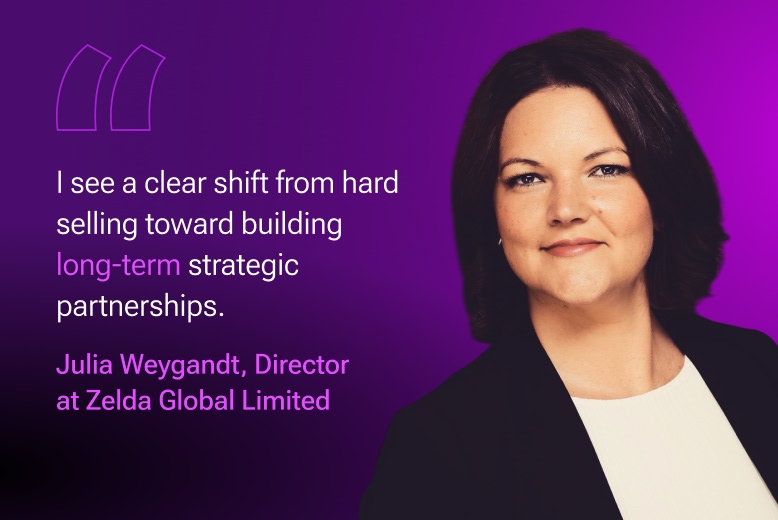
Personalized push notifications and targeted bonuses are among the most effective applications of predictive insights. When offers are delivered in the right context — for example, during a known low-activity phase — they can reignite player interest and extend lifetime value. Industry reports highlight that operators increasingly rely on AI-powered segmentation to ensure that every incentive feels timely and relevant.
Machine learning frameworks developed for the gaming industry also demonstrate how behavioral patterns can forecast churn with high accuracy. By analyzing early-session data, purchase histories, and social interactions, operators can craft retention strategies that directly address the needs of different player cohorts.
Julia Weygandt, Director at Zelda Global Limited:
During SBC I had a lot of conversations about AI, gamification, and personalization — and how these tools can truly enhance the player experience. While some people remain skeptical about AI, I believe it enables us to move faster, especially when it comes to data analysis, and to give players the best possible experience. Not just from an operator’s perspective, but also for providers. It’s surprising how many companies still don’t use the data they already have as a foundation for decision-making — often simply due to a lack of time and resources.
On the business side, I see a clear shift from hard selling toward building long-term strategic partnerships. And as a community, I’m glad to see companies paying more attention to employee wellbeing — both mental and physical. Look at Alea, for example, or even conference organizers offering running clubs and initiatives like Behind The Gloves.
Practical case studies from iGaming providers show that predictive engagement tactics — from personalized offers to adaptive rewards — consistently reduce churn and increase player lifetime value.
Conversational Interfaces: A New Player Journey
Conversational interfaces are rapidly becoming a natural part of digital interaction, and iGaming is no exception. Chatbots and voice assistants can streamline everyday tasks — from checking balances to activating bonuses — making the player journey smoother and more intuitive. Research shows that embodied conversational agents, whether photorealistic or animated, can significantly influence user experience by building trust and emotional connection.
Beyond utility, conversational AI brings empathy into customer support. Emotionally intelligent bots are able to detect tone and de-escalate disputes, reducing friction and strengthening relationships between operators and players. Academic research confirms that gamified AI systems can shape customer motivation and behavioral engagement by adding playful, adaptive elements to these interactions.
For operators, this means that voice-first and chat-first strategies are not just experimental add-ons, but emerging competitive advantages. Integrating conversational commerce into iGaming platforms can enhance user satisfaction, foster loyalty, and ultimately contribute to higher lifetime value.
Hyper-Personalization: Beyond Targeting
Personalization has long been a marketing buzzword, but in iGaming it is evolving into something far more dynamic. Instead of static segmentation, AI now enables real-time adaptation of offers, tournaments, and game environments to match each player’s mood, style, and behavior. Industry research shows that personalization tailored at this level leads to deeper engagement and stronger retention.
Clustering techniques applied in large-scale MMO studies reveal how players naturally fall into different behavioral groups. By analyzing engagement intensity, skill development, and social interactions, operators can target each segment with experiences that feel relevant and motivating.
This aligns with findings from Global Banking & Finance and McKinsey, which observe that modern consumers are far less tolerant of friction and expect brands to deliver personalized, transparent, and convenient interactions. These expectations extend even to non-core categories, underlining how critical anticipatory service and real-time personalization have become.
Moreover, AI-driven gamification frameworks are proving especially effective in keeping players engaged. By dynamically adjusting difficulty, pacing, and rewards, they create a sense of continuous progression and a personalized flow state — a key factor for long-term loyalty.
For operators, hyper-personalization is no longer optional. It is becoming a baseline expectation, with those able to deliver adaptive, individualized experiences gaining a clear competitive advantage in player retention and lifetime value.
The Rise of Social and Experiential Play
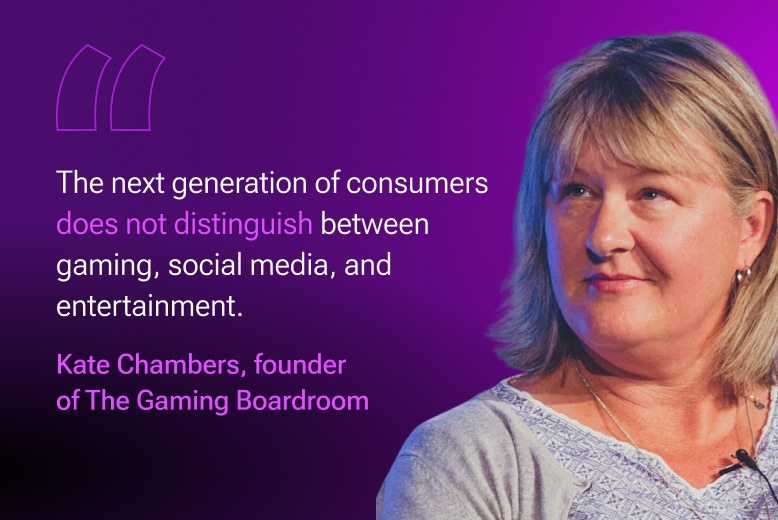
As new generations enter the iGaming audience, their expectations are being shaped by interactive digital environments rather than traditional games. They’re used to streaming, real-time connection, and community as integral parts of entertainment — behaviors formed on platforms like Twitch, TikTok, and Roblox. For iGaming, this shift redefines what “player engagement” means: connection and co-experience now matter as much as gameplay itself.
Kate Chambers, founder of The Gaming Boardroom:
The next generation of consumers does not distinguish between gaming, social media, and entertainment. Platforms like Twitch, TikTok, and Roblox have trained them to expect interaction, streaming, and community as part of the experience. For iGaming operators, this raises a serious challenge: products built on solitary play risk feeling outdated.
Adding a chat box is not enough. The real shift is cultural, and it demands that operators rethink product design so that social connection is embedded, not bolted on. This could mean betting pools that friends can enter together, watch-along events that combine sport with shared wagering, or influencer-led communities that bring a new layer of discovery.
The risk is stark: fail to adapt, and younger audiences will look elsewhere for entertainment that reflects how they already live online. The opportunity, though, is equally powerful. Operators who experiment responsibly with hybrid formats will not only capture attention but also set the pace in defining what social gambling looks like for the decade ahead.
Alongside this cultural shift, the way players consume content is also changing. After years of dominance by fast, bite-sized media, audiences are rediscovering the value of longer formats that allow for reflection, authenticity, and brand credibility.
Magda Klimko-Aydin, CMO at Ace Alliance:
One thing I’ve noticed is the comeback of long-form content. Whether it’s videos or longer articles, it’s clear people are getting tired of those short-form fast videos. As entertaining as they are, they change us. We want results right away, we have less patience, we’re often doom scrolling without thinking much. At some point it becomes too overwhelming. Another issue is, the short forms rarely leave a lasting impression, and being remembered is something we as marketers always strive for.
The iGaming industry is already showing this shift, as some topics can’t be reduced to 30-second clips. Longer formats, such as articles, interviews, podcasts, and reports, allow brands to build credibility, share their expertise, and create narratives that really stand out in a space that has become filled with generic or AI-generated content. And from a marketing perspective, long-form offers a lasting influence and becomes a foundation for authority and trust.
Together, these trends highlight a crucial evolution in engagement: from attention to connection, from quick impressions to lasting influence. For operators, the path forward lies in blending social interaction with meaningful storytelling — designing experiences that people don’t just play, but truly participate in.
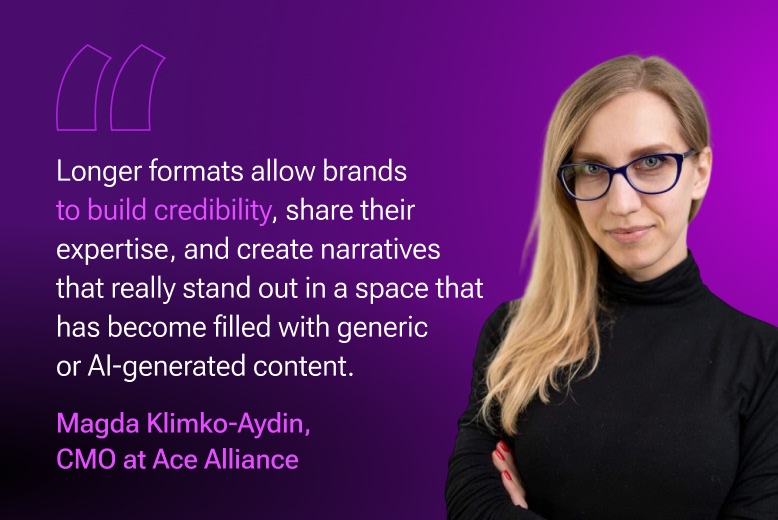
Lessons from Tech Giants: Apple & Netflix
Consumer expectations in gaming are increasingly shaped by the broader digital ecosystem, where tech giants set the standards. Apple’s introduction of a unified Games hub, combined with its seamless cross-device ecosystem and investment in AR, demonstrates how gaming can become fully integrated into users’ everyday digital lives. Meanwhile, Netflix continues to expand its gaming portfolio as an extension of its entertainment platform, using games to create cross-media content loops that strengthen engagement and reduce churn.
For iGaming operators, the lesson is clear: players now expect gaming experiences to be seamless, accessible, and deeply embedded into the platforms they already use daily. Industry studies confirm that younger audiences, in particular, value cross-platform access and interactive engagement over passive consumption.
By looking outside of iGaming and observing how companies like Apple and Netflix use personalization, cross-device integration, and content ecosystems to build loyalty, operators can adapt similar strategies to position themselves as part of players’ broader digital lifestyles.
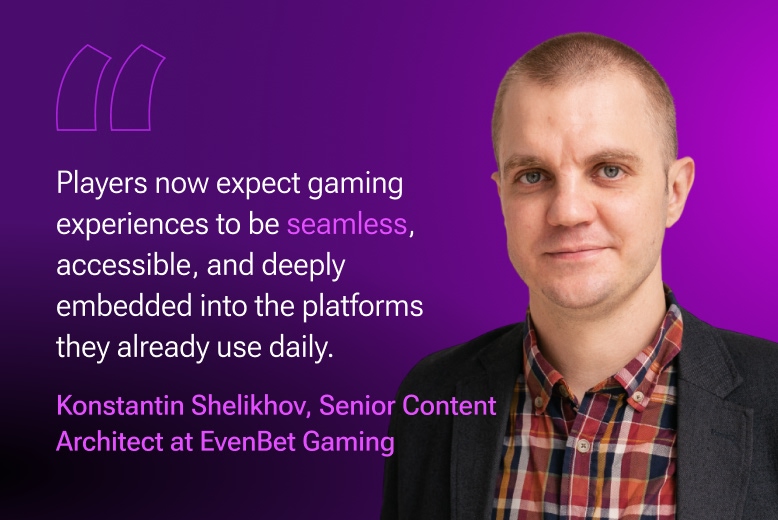
Key Takeaways for Operators
The convergence of consumer trends and gaming technologies highlights several actionable priorities for iGaming operators:
- Diversify motivation mechanics. Alongside big wins, introduce micro-achievements and streak-based rewards to encourage consistent engagement and longer play cycles.
- Invest in predictive analytics. AI-driven churn prediction and proactive retention strategies are proving to reduce player loss and extend lifetime value.
- Adopt conversational interfaces. Voice assistants and emotionally intelligent bots enhance user experience, resolve friction points, and build trust with players.
- Prioritize hyper-personalization. Real-time dynamic offers, adaptive gameplay, and tailored tournaments deliver a sense of relevance that drives loyalty.
- Embrace social and experiential formats. The next generation of players expects interaction, community, and shared experiences. Operators who design socially embedded products and invest in authentic, long-form storytelling will gain a lasting competitive edge.
- Learn from tech leaders. Apple and Netflix show how cross-platform ecosystems and content loops can deepen engagement — an approach iGaming should mirror to stay competitive.
By adopting these strategies, operators can translate consumer trends into measurable improvements in retention, customer satisfaction, and long-term revenue growth.
Conclusion: The Path to Intelligent, Trust-Driven iGaming
The trajectory of iGaming is clear: the industry is moving toward intelligent ecosystems where AI, personalization, and trust form the foundation of sustainable growth. Players no longer see gaming as an occasional diversion — they expect it to be seamlessly integrated into their digital lives, supported by adaptive engagement strategies, empathetic interfaces, and consistent value delivery.
Operators who embrace these consumer-driven trends will not only reduce churn but also create stronger, longer-lasting relationships with their audiences. The shift is not about replacing traditional motivators such as big wins, but about complementing them with micro-achievements, predictive engagement, and hyper-personalized experiences that reflect the standards set by the broader digital economy.
At EvenBet Gaming, we understand that no two operators share the same vision. That’s why our platform offers a wide range of retention tools, combined with the flexibility and customizability needed to bring any strategy to life. Whether it’s predictive analytics, gamified achievements, or personalized engagement, we provide the foundation for operators to implement the ideas that will define the future of iGaming.



 Upd: 29 October 2025
Upd: 29 October 2025 






